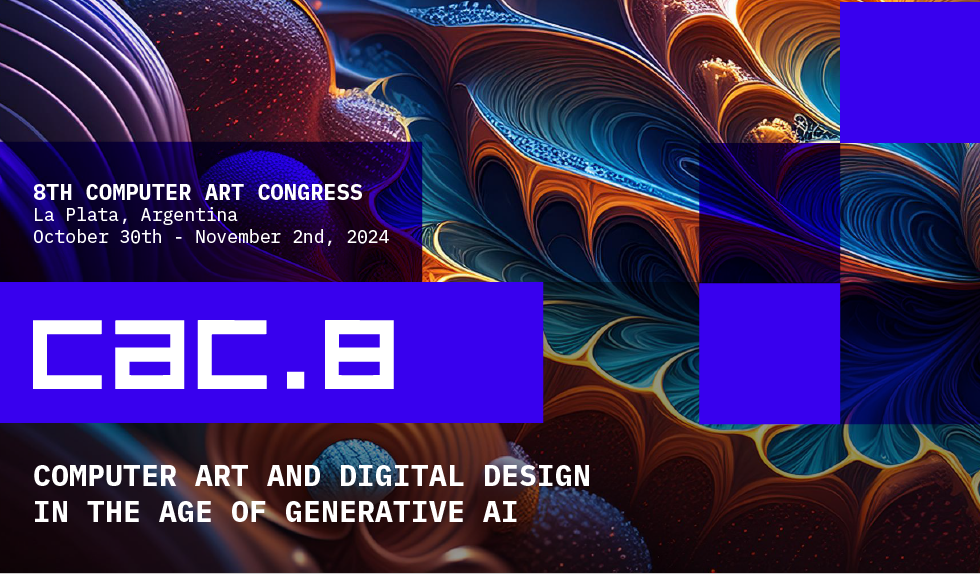Since the early years of artificial intelligence, companies specializing in data collection and processing have viewed the exploitation of data as the perfect raw material for the creation of representation models that represent human phenomena and patterns. In this back and forth, the emergence of AI-generated influencers and their adoption by social media users presupposes an apparently unnoticed schism, where one's digital identity remains uncertain.
Focusing on social network algorithms, it is simplistic to say that these virality machines determine the user views based on reading their tastes and preferences. Believing that they are capable of positioning discourses on their own reduces individual interaction to what only happens within these platforms. Metavirtuality is shown as an expansion of material reality and the natural way of individuals relating to each other. In the same way that it replicates models and behaviors of the real world, it also gives rise to a network of paradigmatic patterns and behaviors that arise from the rupture of the predetermined form of interaction.
Beyond the creation and positioning of an alternative reality and truth, diffusion models present an alternative more adapted to the plasticity of social networks; in an environment dominated by images, a fictitious body mostly coinciding with hegemonic canons appears and aims to give a trait of humanity and false authenticity to profiles created for a specific purpose. However, this is not enough to suppress the asymptote that divides the human from the machine in the order of identity.
In addition, the modes of creation and interaction that are increasingly normalized with disciplinary dynamics mean that the emergence of new technologies as an event does not take long to be absorbed by the mechanical maelstrom of social networks and their discretionary nature. A profile created entirely with AI can go unnoticed and at the same time stand out above an organic one, appealing to the user and their capacity for discernment, once again referring to that trait of humanity that posthumanism demands, turning the discrete into continuous.
In this manner, and through the use of artificial intelligence to create a social network profile and collect data, the aim is to test the theoretical statements around the blurred limit between what is human and what is no longer human. Within the framework of CAC.8 2024, this project seeks to position a discussion around the use of artificial intelligence for the production of content and data collection in the academic field, using social networks as the main source for the exploration and identification of alternative sources and linking them with validated authors on the subject.
- Poster

 PDF version
PDF version

